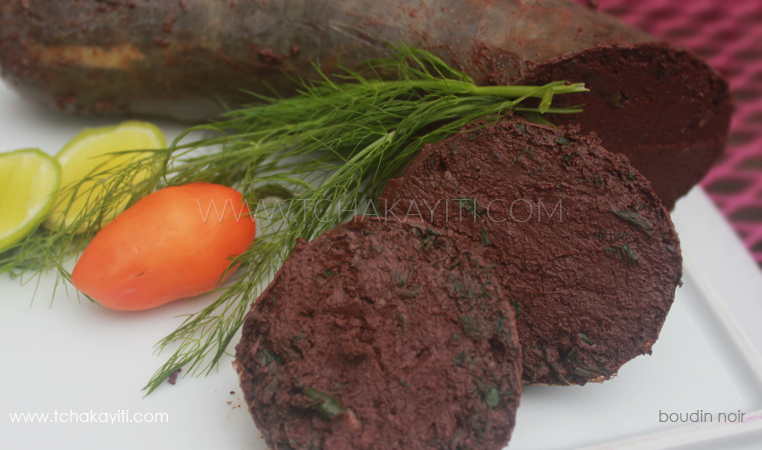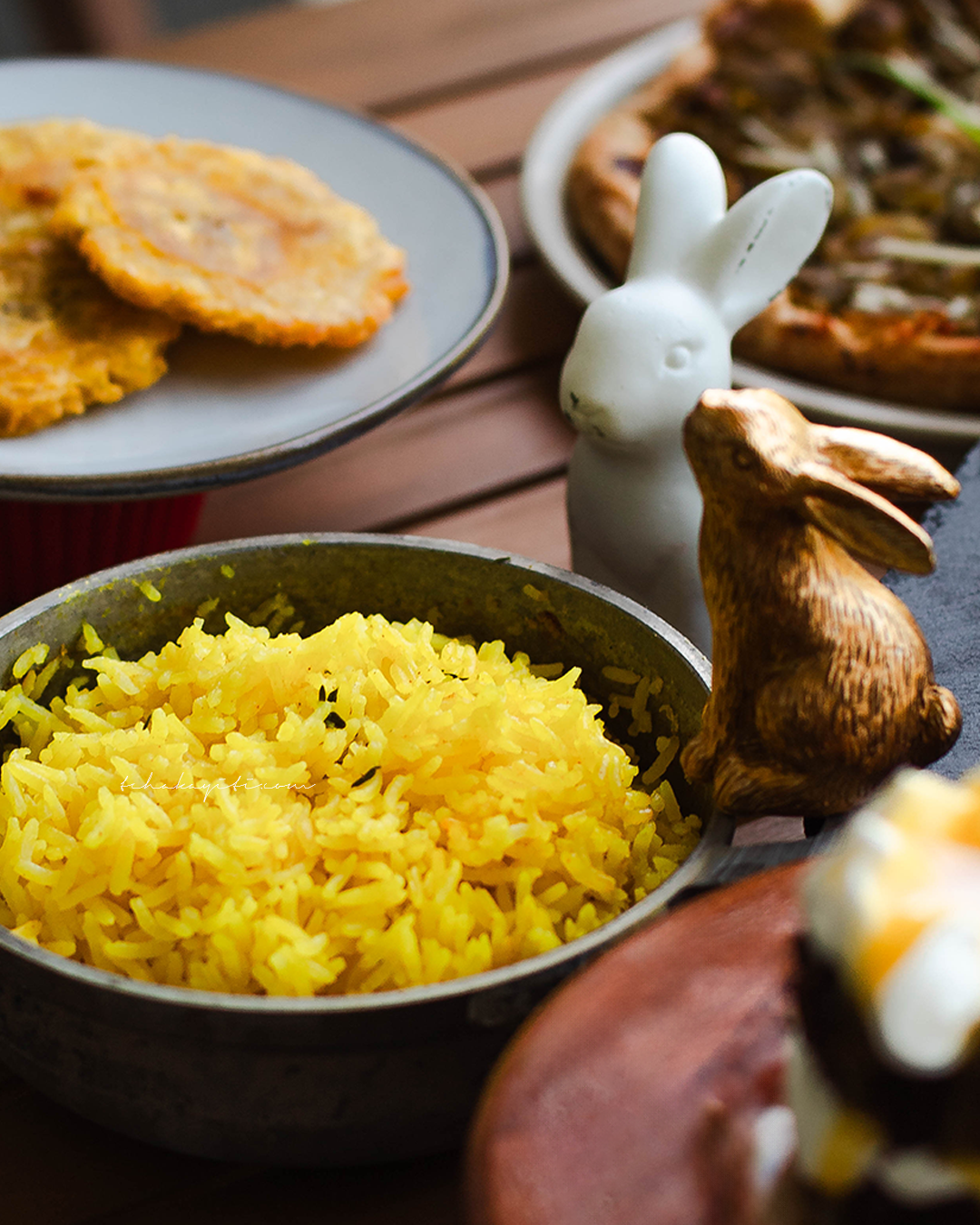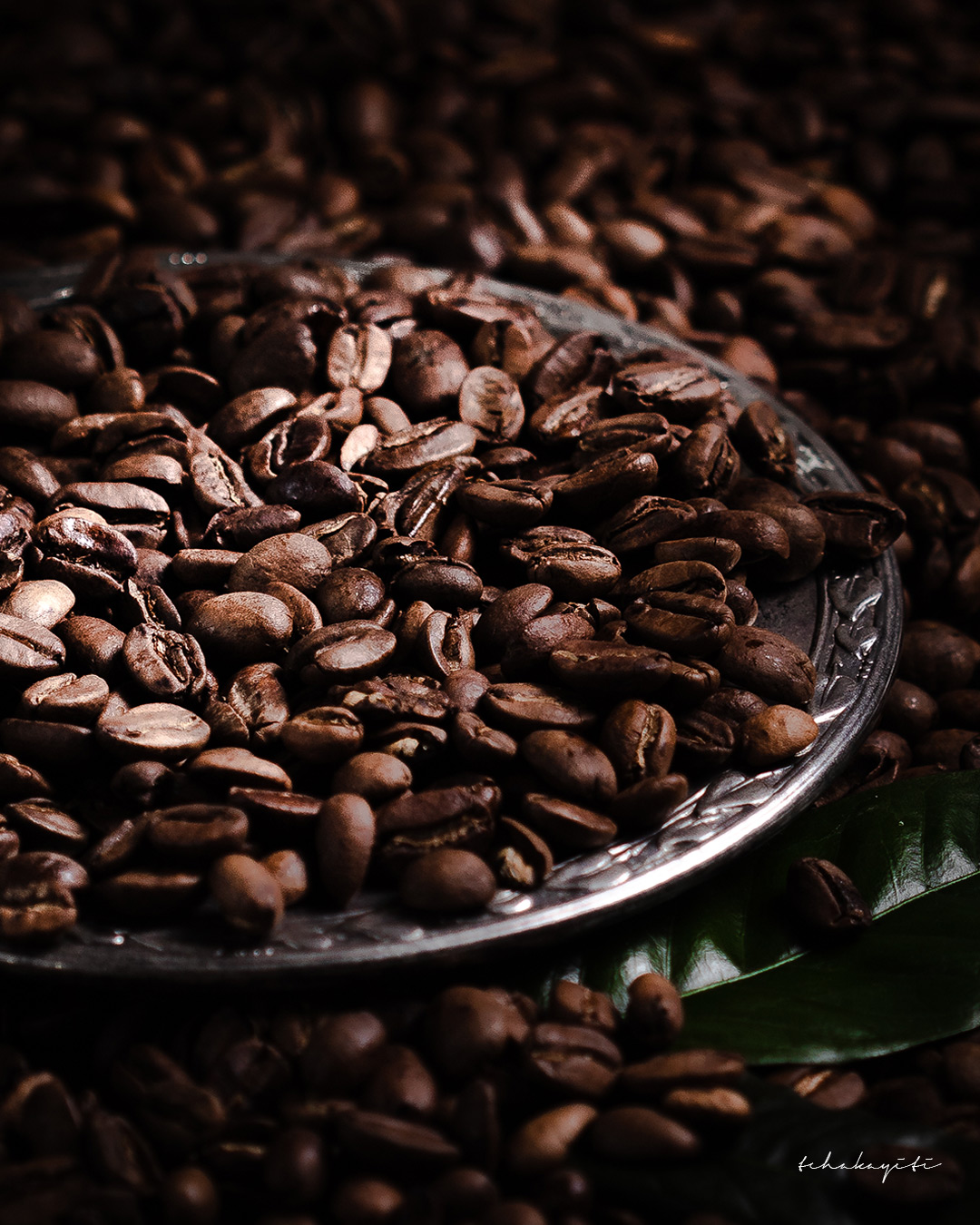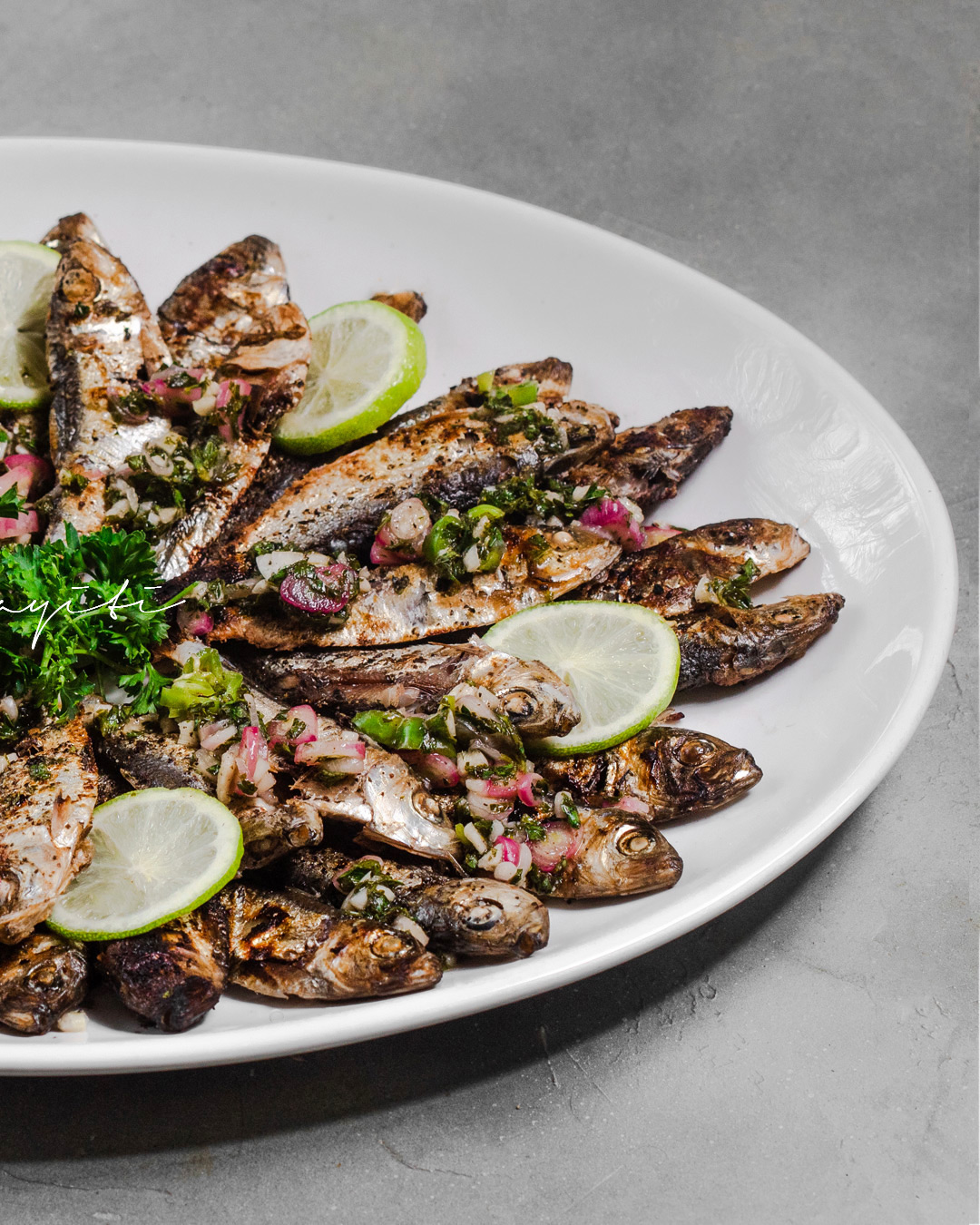Growing up, there was nothing I hated more than our bi-weekly visits to the butcher.
Every Tuesday and Friday, on our way home, my dad would park the car on the roadside right in front of the butcher’s small shop where he would spend a good 30 to 45 minutes selecting meat cuts, boudin or giblets while we waited in the car, a trip that seemed to last a lifetime according to my internal child clock.
Upon our arrival, we were greeted by pungent smells of freshly butchered cattle, some of which was being smoked while we were there, a process that gave out even bolder smoky smells that stayed with us the entire time. A horde of flies that, just like us, but in a more rushed manner, were ready to make dinner out of the fresh cuts laid out almost everywhere on the butcher’s block, kept us company in the hot car from which I couldn’t wait to get out.
Those trips were nightmares to me as I impatiently watched dad talk his way into thick cuts of fresh filet, pork and goat meat, and paid attention to the butchers every move. He would slam his sharp knife into bones and flesh to cut the desired pieces, and put them into thick black plastic bags; bags that I couldn’t stand, for they looked bloodily dirty to me; bags that almost often landed next to me in the car making the rest of the short trip home last longer than it should for I was so anxious to get out of the car and away from the raw meat.
Among those bags was often one filled with a long and fresh cut of boudin noir from which my mom and sister would make a feast as soon as they got home while I watched them with a disgusted look on my face. I couldn’t fathom the idea that their palate enjoyed those chunks of Haitian boudin noir that were no other than seasoned cooked pork blood stuffed into the animal’s intestines.
Who in their right mind could enjoy eating cooked blood and intestines that much?!?
Such was the question I asked my young self for years as the scenario at the butcher’s repeated itself. Week after week, year after year, I sat in the car pouting, waiting for my dad to put an end to my torture and secretly praying that he would not put the bag next to me. I turned my nose up at the boudin each time he brought some home to my mom and siblings for a long time until I finally realized I was voluntarily excluding myself from great Friday feasts.
As a teen, I thus slowly trained my palate to like those chunks of well-seasoned cooked pork blood sausages. Most Haitians fry thick slices in a pot of hot oil which turns them black and crispy, but more recently, my family and I discovered that the non-fried version is as good if not tastier. Freshly bought boudin eaten as is has a smooth spreadable texture that is comparable to a rich and creamy paté.
Today, with a more mature palate, I can’t help but chuckle when I think of how much I used to hate this delicacy. I now often find myself craving some Haitian boudin and begging my parents to make that stop at the butcher, – a stop they no longer make as they buy thinner meat cuts directly from the grocery store – just to pick up some boudin noir.
I imagine some of you are reading this and shaking your head in disbelief. To you, I say, don’t reject our boudin without trying it first. It’s a Haitian tidbit you should definitely allow yourself to sample.
The best advice I can leave you with is not to think too much into what is actually stuffed into those intestines. Simply enjoy the rich and bold flavors of fresh anis and piment bouc that will surely enchant your palate.
[:fr]Lorsque j’étais enfant, mon père s’arrêtait sur une base hebdomadaire le mardi ou le vendredi chez le boucher, visites que je détestais. Il y passait un temps fou qui semblait interminable à l’enfant que j’étais qui ne pouvait qu’attendre impatiemment la livraison de la commande de viande, d’abats ou de boudin du jour.
Tout de cet environnement me déplaisait. Nous étions accueillis par la forte odeur de chair fraiche et fumée qui nous emplissait les narines. Une horde de mouches, venues comme nous se procurer leur festin du jour, nous tenait aussi compagnie à l’intérieur autant qu’à l’extérieur de la voiture garée le long de la route devant la boucherie.
Nul besoin de vous expliquer plus en détails que ces visites étaient un véritable cauchemar. J’observais de mauvais gré mon père blaguant avec le boucher et pointant du doigt ou d’un signe de tête les morceaux de viande de porc, de bœuf ou de cabri qui lui convenaient, et le boucher enfonçant à coups secs sa machette dans la chair de l’animal pour en extraire de gros morceaux de viande qu’il plaçait dans des sachets en plastiques, sachets que j’avais en horreur car à mes yeux ils étaient tous tâchés de sang ; sachets dont j’héritais souvent pour mon malheur car mon père les plaçait à mes pieds ce qui rendait le reste du trajet insupportable. Je faisais des efforts surhumains pour éviter tout contact avec le sachet de viande crue dont je ne pouvais attendre de m’éloigner.
Les victuailles obtenues du boucher incluaient souvent un morceau de boudin noir dont raffolaient ma mère et ma sœur qui en faisaient un festin à notre arrivée à la maison sous mon regard dégoûté. A l’époque, je n’arrivais pas à me faire à l’idée qu’elles puissent manger le boudin noir qui n’est autre que du sang de porc cuit épicé embossé dans des boyaux.
Aucun être sensé ne pouvait autant aimer du sang et des intestins cuits!
Enfin, c’est ce que je pensais à ce jeune âge où je subissais les visites chez le boucher.
J’ai longtemps boudé notre boudin haïtien jusqu’au jour où, prise de curiosité et fatiguée de me sentir exclue de ces festins familiaux, je mis de côté mes idées préconçues pour en goûter.
Durant mon adolescence, j’exerçai ainsi mon palais à apprécier le boudin de porc si bien épicé que la majorité des haïtiens font frire en tranches épaisses qui noircissent et deviennent croustillantes dans l’huile chaude.
Aujourd’hui, je dis fièrement que je figure parmi ces être insensés qui aiment tant le boudin noir qu’ils en mangent parfois tel quel sans le frire. Nous avons effectivement découvert au fil des ans que le boudin frais est aussi bon sinon plus savoureux que le boudin frit. Consommé tel quel, notre boudin a une texture onctueuse comparable à celle d’un pâté riche et crémeux ou même d’un fromage, comme dirait ma mère.
J’aime tant notre boudin qu’il m’arrive parfois d’en avoir une folle envie et de supplier mes parents, qui ne s’arrêtent plus chez le boucher, de faire une visite à la boucherie d’antan pour s’en procurer un morceau.
Qui aurait cru que des années plus tard je développerais un goût pour cette préparation ? Petite, j’aurais certainement été la dernière à le croire. J’imagine aussi que certains d’entre vous ont un peu de difficulté à se laisser convaincre de goûter à notre boudin.
A ceux-là je dis simplement qu’il s’agit d’une spécialité haïtienne que vous devriez prendre la chance d’essayer. Dites-vous simplement qu’il s’agit d’un morceau de pâté (ou pourquoi pas de fromage) épicé et agrémenté de piment bouc.
[:]







